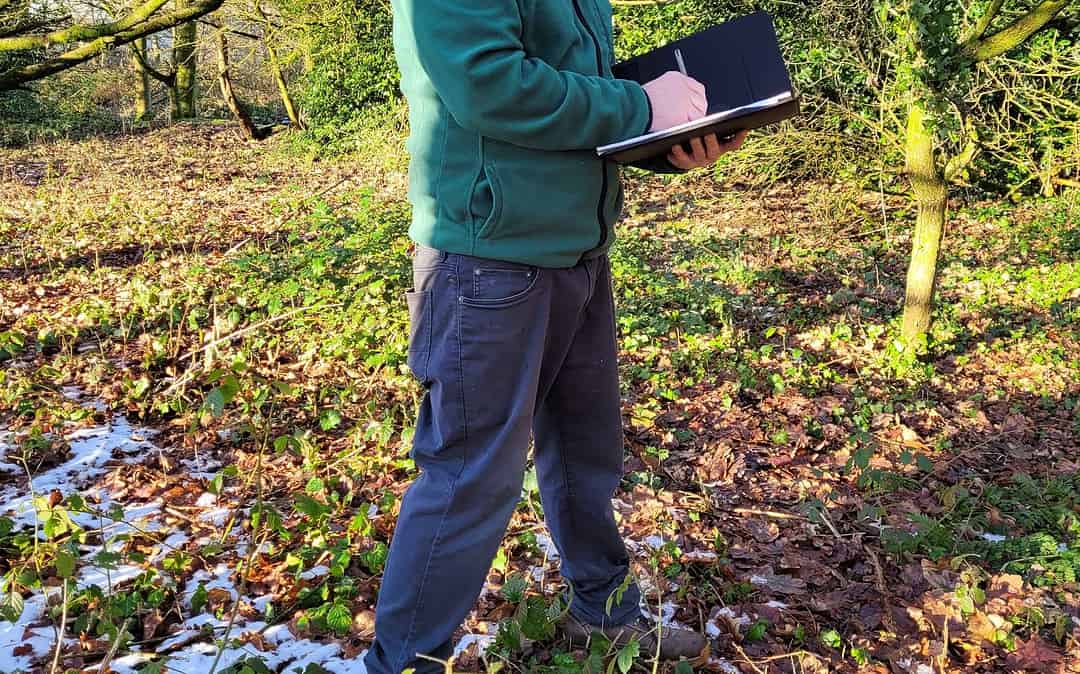Japanese knotweed Treatment Plan?
Learn about the steps to create a comprehensive Japanese knotweed treatment plan.
Information on identifying the plant, assessing the infestation present.
Japanese knotweed (Fallopia japonica) is an invasive plant species. It can cause significant problems for homeowners and property managers. The plant is known for its fast-growing and dense growth habit, which can make it difficult to control and remove. If left untreated, Japanese knotweed can also cause damage to buildings and infrastructure. Its really important to develop a Japanese knotweed Treatment Plan?
The first step in developing a Japanese knotweed treatment plan
Is to properly identify the plant. Japanese knotweed is a perennial herb with bamboo-like stems that can grow up to 10 feet tall. It has green, heart-shaped leaves and small, cream flowers that bloom in late summer. The plant also has a distinctive network of underground rhizomes (root-like structures) that can spread laterally up to 50 feet or more.
Once you have identified the plant. The next step is to assess the extent of the infestation. This includes determining the size of the infestation, the location of the plant, and the potential impact on surrounding structures and infrastructure.
There are several methods of treating Japanese knotweed, including:
- Chemical control: This method involves the use of herbicides that are specifically formulated to target the plant. The most effective herbicides are glyphosate-based and should be applied by a professional.
- Physical control: This method involves digging up the plant and removing the rhizomes. However, this method can be time-consuming and labor-intensive, and it is essential to ensure that all the rhizomes are removed to prevent regrowth.
- Biological control: This method involves the use of insects, fungi, or other organisms that feed on or parasitize the plant. This method is still under research and not yet widely available.
- Combination of methods: A combination of chemical, physical, and biological control methods may be most effective in managing Japanese knotweed.
It is important to note that Japanese knotweed treatment is not a one-time event and requires monitoring. maintenance and follow-up treatments to ensure that the plant is effectively controlled over time.
In summary, developing a Japanese knotweed treatment plan is essential to effectively manage the plant. The plan should include proper identification, assessment of the infestation, and may sometimes need a combination of chemical, physical, and biological control methods. Additionally, monitoring, maintenance and follow-up treatments are crucial to ensure the effective control of the plant over time.
